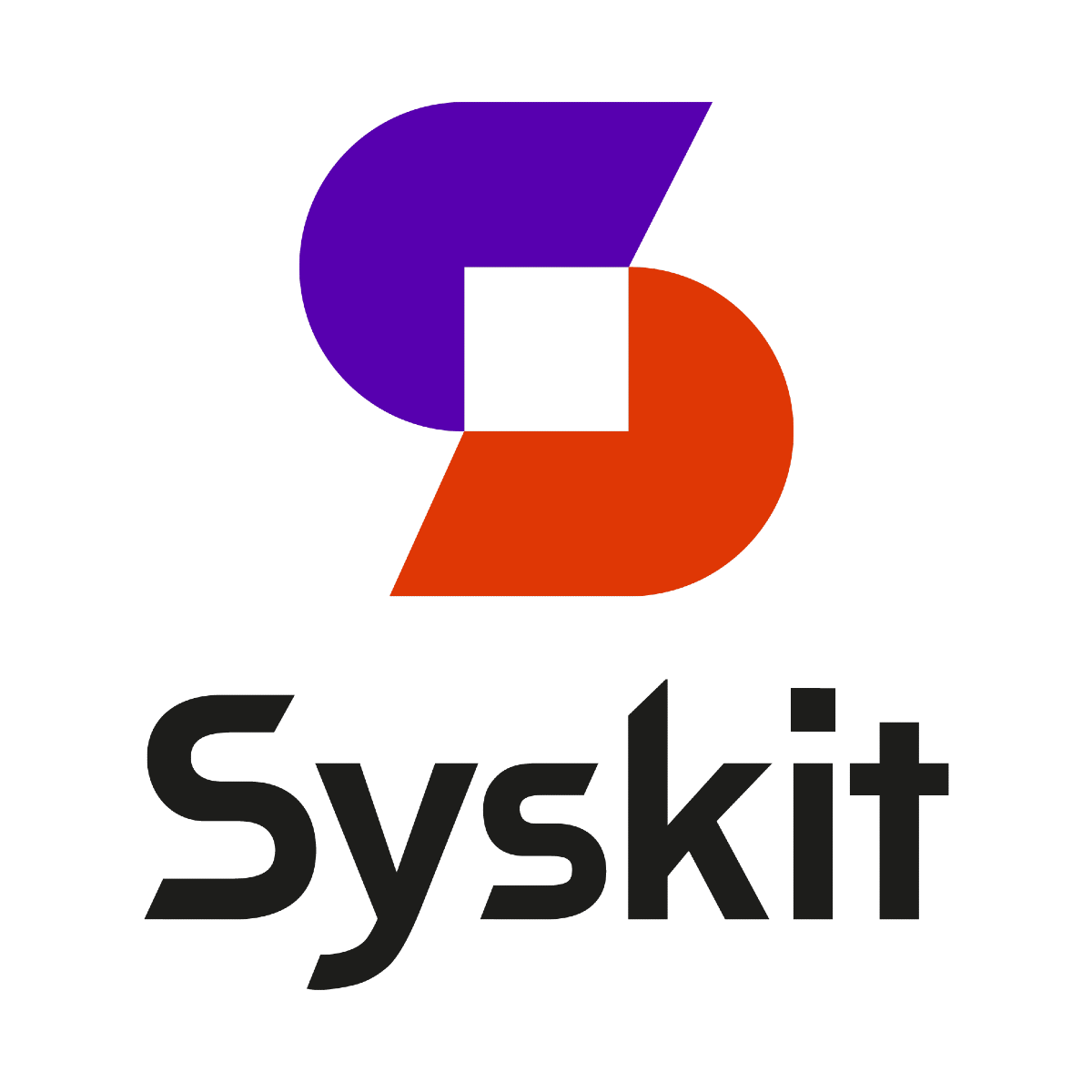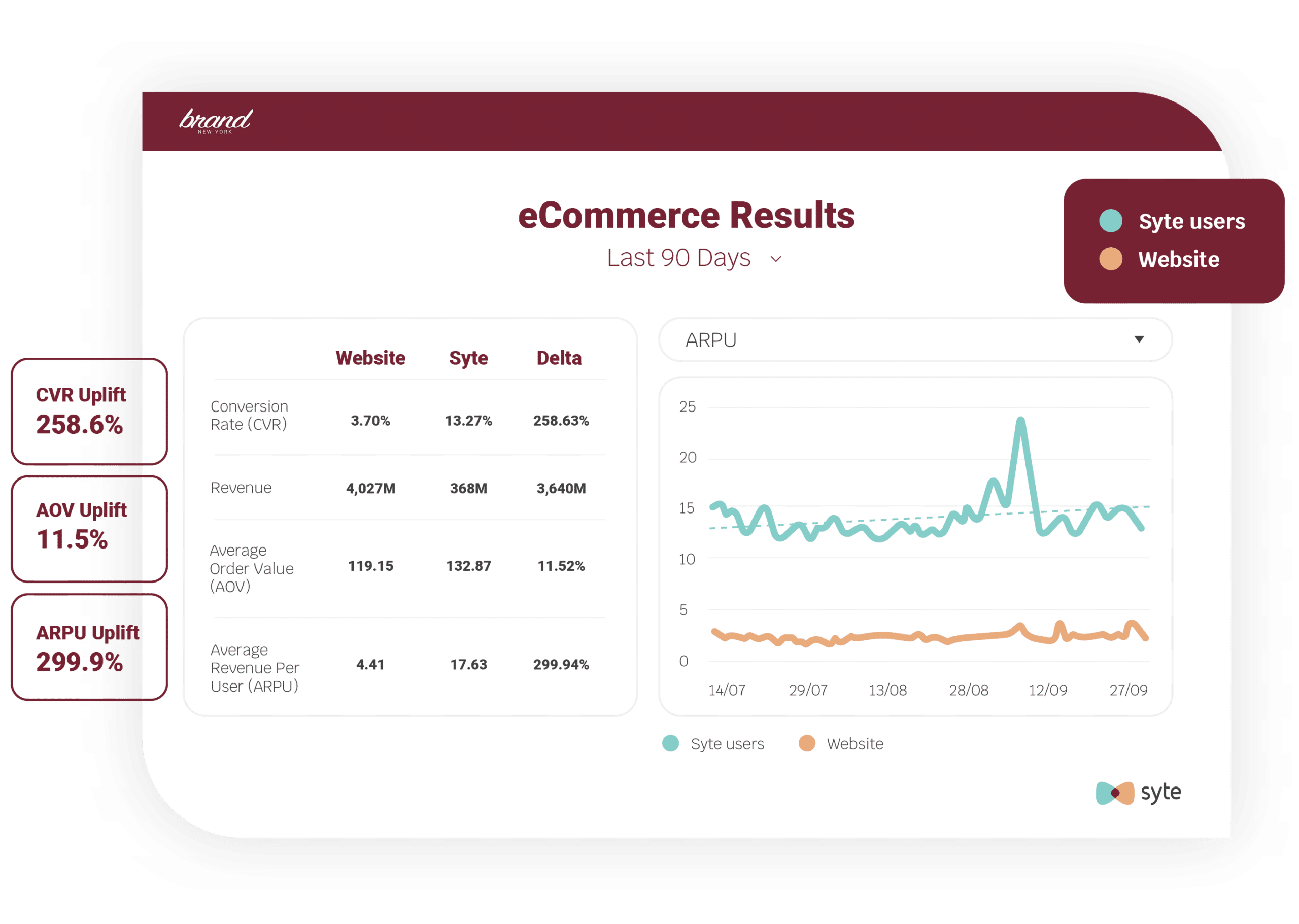
Syte: Complete Buyer's Guide
Visual AI-powered product discovery platform
Syte is a visual AI-powered product discovery platform that specializes in computer vision technology for ecommerce retailers, enabling customers to find products through visual search and similarity matching rather than traditional text-based queries.
Market Position & Maturity
Market Standing
Syte occupies a specialized niche within the visual AI market, positioning itself as the visual-first alternative to traditional text-based product tagging solutions.
Company Maturity
Customer base maturity demonstrates the platform's enterprise readiness, with documented implementations across established retailers including Hibbett Sports (1,100+ stores), CITY Furniture, and Falabella.
Longevity Assessment
Long-term viability indicators include the platform's ability to serve enterprise customers with complex implementation requirements and ongoing technical support needs.
Proof of Capabilities
Customer Evidence
CITY Furniture achieved a 26.3% average order value increase after implementing Syte's visual search capabilities, representing substantial revenue impact for a furniture retailer where visual appeal drives purchasing decisions[67].
Quantified Outcomes
CITY Furniture's 26.3% AOV increase and Falabella's 8x conversion rate improvement represent substantial business impact that validates the platform's value proposition for appropriate use cases.
Market Validation
Market validation comes through documented customer success metrics, including CITY Furniture's 26.3% AOV increase and Falabella's 8x conversion rate improvement.
Reference Customers
Reference customer quality includes established retailers with substantial operations, indicating the platform's ability to meet enterprise requirements for reliability, scalability, and ongoing support.
AI Technology
Syte's technical foundation centers on advanced computer vision algorithms that analyze product images to extract visual attributes including color, pattern, texture, and style elements, then map these to structured metadata formats compatible with ecommerce platforms[60][62].
Architecture
The platform's multimodal AI architecture combines image recognition with natural language processing to resolve semantic challenges, enabling the system to understand that "couch" and "sofa" refer to the same product category while maintaining visual context for style differentiation[62][64].
Competitive Advantages
Syte's primary competitive advantage lies in its visual-first approach that distinguishes it from text-based product tagging solutions in the market.
Market Positioning
Syte's specialized visual-first approach creates distinct advantages over general-purpose tagging solutions, particularly for fashion and home decor retailers where visual discovery drives purchasing decisions.
Win/Loss Scenarios
Win scenarios favor Syte when retailers experience high bounce rates from failed text searches, where customers cannot articulate style preferences through traditional keyword searches.
Key Features

Pros & Cons
Use Cases
Integrations
Featured In Articles
Comprehensive analysis of Product Tagging for Ecommerce for Ecommerce businesses and online retailers. Expert evaluation of features, pricing, and implementation.
How We Researched This Guide
About This Guide: This comprehensive analysis is based on extensive competitive intelligence and real-world implementation data from leading AI vendors. StayModern updates this guide quarterly to reflect market developments and vendor performance changes.
68+ verified sources per analysis including official documentation, customer reviews, analyst reports, and industry publications.
- • Vendor documentation & whitepapers
- • Customer testimonials & case studies
- • Third-party analyst assessments
- • Industry benchmarking reports
Standardized assessment framework across 8 key dimensions for objective comparison.
- • Technology capabilities & architecture
- • Market position & customer evidence
- • Implementation experience & support
- • Pricing value & competitive position
Research is refreshed every 90 days to capture market changes and new vendor capabilities.
- • New product releases & features
- • Market positioning changes
- • Customer feedback integration
- • Competitive landscape shifts
Every claim is source-linked with direct citations to original materials for verification.
- • Clickable citation links
- • Original source attribution
- • Date stamps for currency
- • Quality score validation
Analysis follows systematic research protocols with consistent evaluation frameworks.
- • Standardized assessment criteria
- • Multi-source verification process
- • Consistent evaluation methodology
- • Quality assurance protocols
Buyer-focused analysis with transparent methodology and factual accuracy commitment.
- • Objective comparative analysis
- • Transparent research methodology
- • Factual accuracy commitment
- • Continuous quality improvement
Quality Commitment: If you find any inaccuracies in our analysis on this page, please contact us at research@staymodern.ai. We're committed to maintaining the highest standards of research integrity and will investigate and correct any issues promptly.